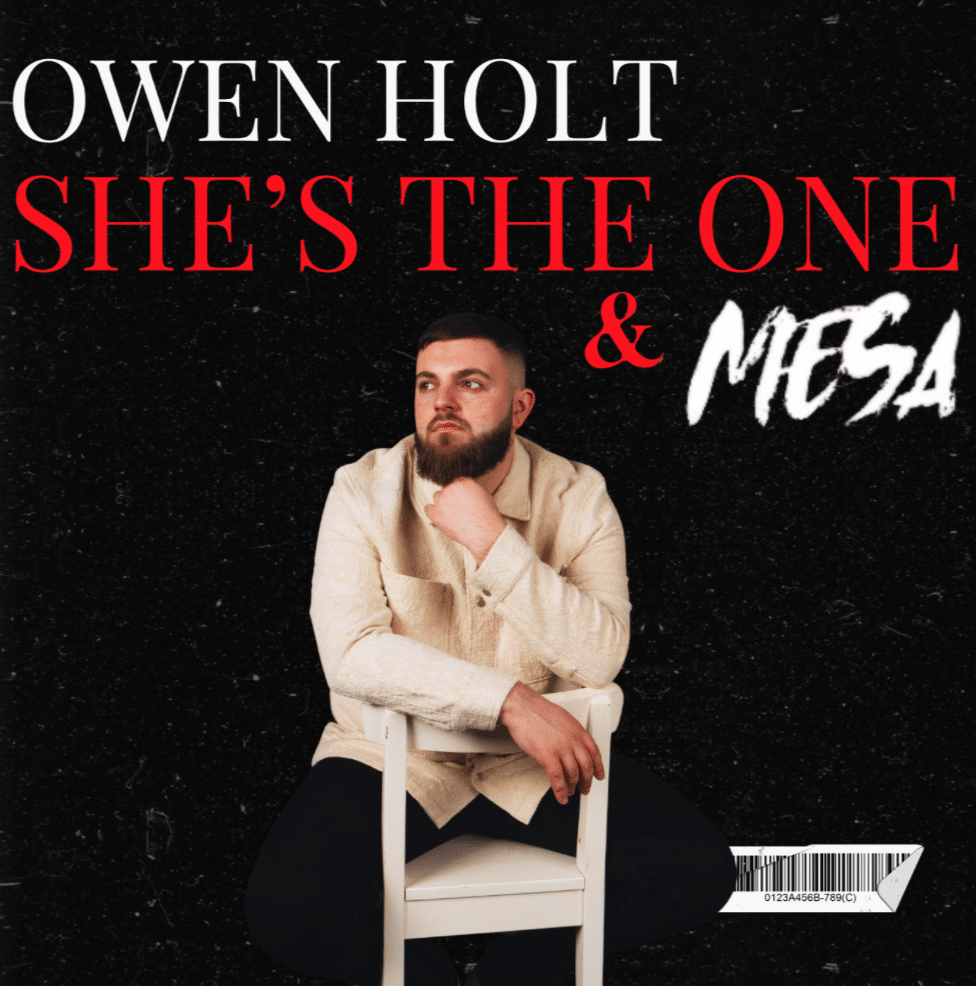Going on tour remains one of the most reliable revenue streams for independent artists. Yet, it no longer guarantees a healthy profit margin. With the cost of living crisis tightening the wallets of fans and inflation spiking everything from petrol to pints, squeezing every penny of profit from the road has never been more critical. As audience numbers waver and disposable incomes shrink, independent artists must become more resourceful than ever. This blog won’t sugar-coat the realities of touring, but it will show you how to make it through with your bank balance intact and your spirit unbroken.
1. Travel Smart: Save Your Back and Your Bank Account
You don’t need to be slumming it in a Vauxhall Corsa packed with gear to keep costs low, but there’s no sense in blowing your budget on transport. Touring doesn’t have to mean burning through diesel or racking up hotel bills for the sake of a touch more comfort. If you can split a van hire with another band going the same route or opt for a compact but reliable vehicle with decent fuel economy, you’re already ahead. Car shares, eco-lodges, or staying with mates and fans can drastically cut costs. Just make sure you’re not pushing your physical limits for the sake of saving a tenner—fatigue costs more in the long run.
Apps like Rome2Rio or BlaBlaCar can help route out cheap transport options, while using Airbnbs or booking.com to lock in accommodation in advance can save you from extortionate last-minute stays. Think smart, not stingy.
2. Rethink Tour Merch: It’s More Than Just T-Shirts Now
Merch has become one of the most dependable income sources on tour, but stale designs and overpriced basics won’t shift like they used to. Diversify. If you’ve already got the usual t-shirts and tote bags, think about digital download cards, lyric books, exclusive tour-only EPs, signed setlists, and even handwritten lyrics. These items cost little to produce and carry but can add a sentimental pull for fans.
Invest time into your merch table design. Make it visually striking, price items clearly, and be present. Fans are more likely to buy something when they get a moment with you. Accept card payments. Use a system like Square or Zettle—cash-only stalls are now money pits. If fans are skint, consider bundling or discounts for buying multiple items. Be flexible, be creative.
3. Route Planning Isn’t Just Logistics, It’s Strategy
Don’t let your booking strategy be led by vague aspirations or flattery from random promoters. Each date should serve a purpose. Prioritise towns and cities where you know there’s a fanbase or where you’ve received radio play or playlist traction. Data doesn’t lie—Spotify for Artists and social insights should guide your route.
String dates together logically to avoid long hauls between venues. Backtrack and you’ll bleed money on fuel and time. Speak to venues or local bands about the best nights for footfall. Mid-week gigs in ghost towns will not do you any favours.
And when you do find yourself in an unfamiliar area, busk beforehand or do a stripped-back in-store set at a record shop. Build momentum on the day, get more eyes on you, and give locals a reason to show up later.
4. Promote Smarter: Your Energy is Currency
It’s tempting to throw yourself into every form of promotion, but burnout is a brutal and unprofitable tour companion. You don’t need to hit every town with a Facebook ad and a barrage of Stories. Focus on targeted promotion. Promote to where you’re going, not everywhere. Instagram and TikTok ads are cheap and can be narrowed down by location, interest, and age.
Reach out to local press and blogs well in advance. Use direct, personal emails, not mass BCC blasts. Collaborate with local bands on promotion and cross-post content. And make it easy for people to support you. Use Linktree or something similar to house all your event info, merch, and music in one place. If you’re playing to 30 people, aim for all 30 to know exactly where to find you afterwards.
And keep some energy in the tank for actually performing. That’s what people will remember and what they’ll come back for.
5. Budget Like You’re Broke, Even If You’re Not
Even if you manage to keep a decent stream of merch sales going and the door splits are fair, you’re still not immune to unexpected costs. A parking fine here, a broken string there—it adds up. Before hitting the road, work out your expected expenses and then add 20% for unplanned costs.
Use a budgeting app like YNAB or even just a shared Google Sheet to track every penny. List what you need to break even on each night and assess if the gig is worth it. Ego gigs are expensive and rarely worth it.
If there’s any opportunity to negotiate a guarantee rather than taking a gamble on the door, do it. And don’t feel guilty about chasing payment or pushing back on shady venue deals. Your time and talent are valuable.
Final Thoughts: Resilience Isn’t Enough Without Strategy
Romanticised suffering has no place in modern music careers. You can work hard, push yourself, and stay true to your art, but if you’re leaking money at every turn while touring and have no strategy, the road will break you. Touring doesn’t have to be a black hole for your cash flow or your mental health.
By thinking like a business and moving like an artist, you can make touring sustainable. No, it’s not easy. But with smart planning, adaptable strategies, and a refusal to accept scraps under the guise of “exposure,” it’s doable.
Keep your receipts. Keep your dignity. And most importantly, keep going.
Article by Amelia Vandergast


